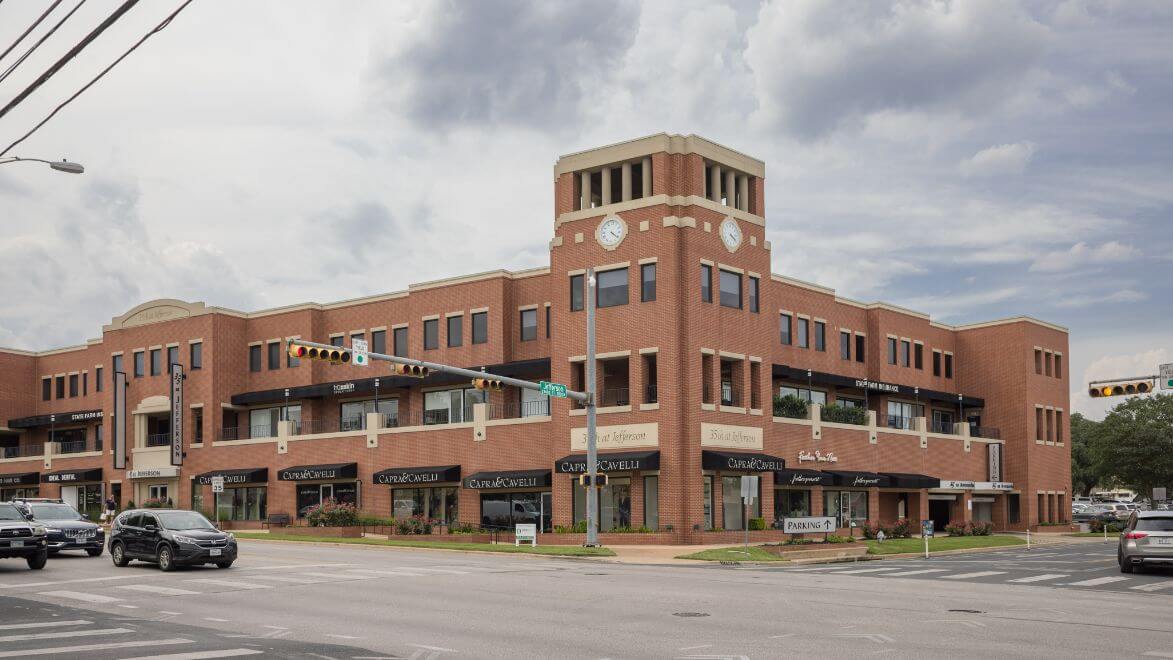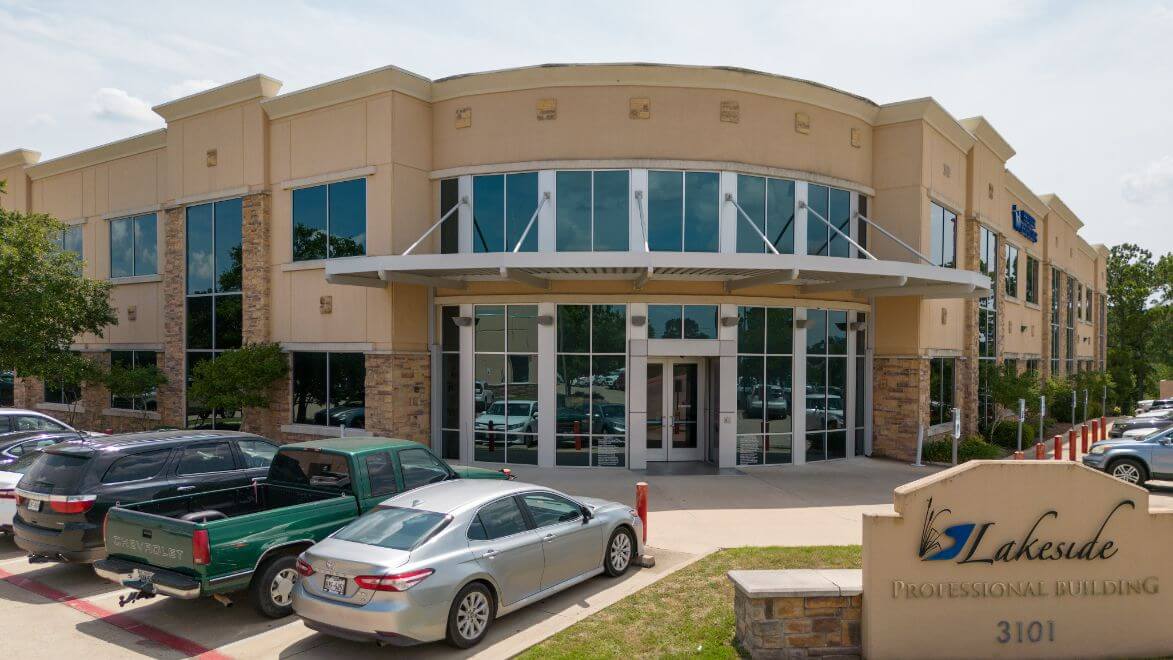Sclerotherapy
What is Sclerotherapy?
Sclerotherapy involves injecting a sclerosing solution directly into the problematic veins. This solution is typically a salt-based solution, which causes the targeted blood vessels to react and ultimately collapse.
Patients typically begin to see improvement within a few weeks, with optimal results becoming apparent over several months. The treated veins will gradually fade, leaving the skin smoother and more aesthetically pleasing.
Who is a Good Candidate for Sclerotherapy?
Ideal candidates for sclerotherapy are individuals with spider veins or small varicose veins who are looking for an effective, minimally invasive solution. A consultation with one of our skilled providers at Tru-Skin will help determine if sclerotherapy is the right choice for you.
If you are considering sclerotherapy, contact us to schedule a consultation and learn more about how this treatment can benefit you.
SCLEROTHERAPY EXAMPLES
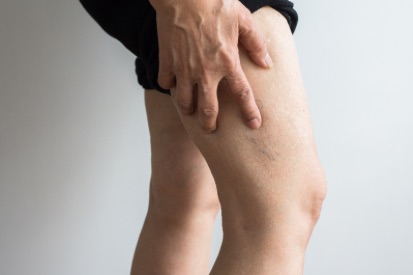
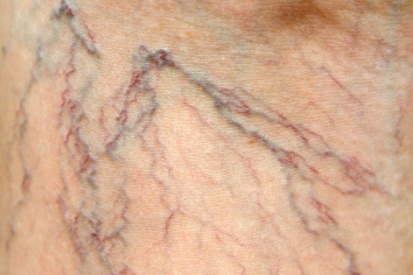
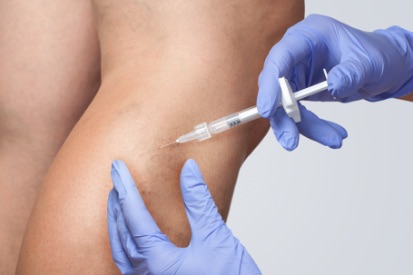
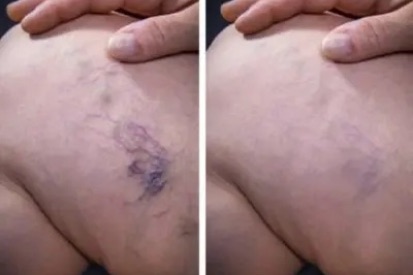
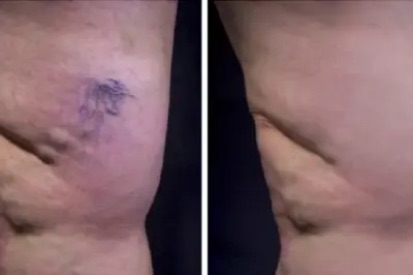
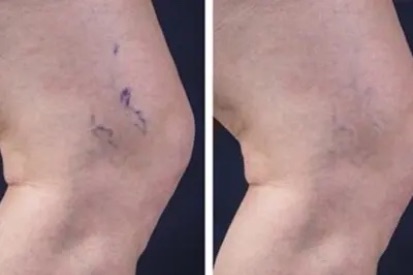
Benefits of Sclerotherapy
- Effective: Highly effective in treating small varicose and spider veins.
- Minimally Invasive: Does not require surgery and typically takes less than an hour to complete.
- No Downtime: Can usually resume normal activities immediately after treatment.
- Improved Appearance: Significantly improves the appearance of varicose and spider veins.
- Pain Relief: Alleviates symptoms such as aching, swelling, and burning in the legs associated with varicose veins.
- High Success Rate: High success rate, especially for small veins.
- Non-Scarring: Usually does not result in scarring.
Common Side Effects of Sclerotherapy
- Bruising: Bruising at the injection site is common.
- Redness or Discoloration: Temporary redness or discoloration of the skin around the treated area.
- Itching: Itching may occur at the site of the injected veins.
- Swelling: Swelling of the legs or ankles may occur temporarily.
- Allergic Reaction: Some individuals may experience an allergic reaction to the sclerosing agent.
- Hyperpigmentation: The skin around the treated area may darken, but this is usually temporary.
- Matting: The development of new, tiny blood vessels near the treated area can occur but often resolves over time.
What to Expect at Your Sclerotherapy Appointment
Sclerotherapy Maintenance Recommendations
- Wearing Compression Garments: To help maintain pressure on the treated veins and reduce the risk of blood pooling.
- Regular Exercise: Engaging in regular, low-impact exercise, such as walking or swimming, can help improve circulation and prevent the formation of new varicose or spider veins.
- Maintaining a Healthy Weight: Can reduce the pressure on your veins and lower your risk of developing new varicose or spider veins.
- Avoiding Prolonged Sitting or Standing: Try to avoid sitting or standing for long periods without taking breaks.
- Elevating Your Legs: Elevating your legs when resting can help reduce swelling and improve circulation.
- Follow-Up Appointments: Attend follow-up appointments as recommended by your dermatology provider to monitor your progress and address any new vein issues that may arise.
- Skin Care: Care for your skin by keeping it moisturized and protecting it from the sun to prevent skin damage and reduce the risk of hyperpigmentation.
Sclerotherapy Maintenance Schedule
- Follow-up Appointments: Usually scheduled 4-6 weeks after the initial treatment to assess the results and determine if additional sessions are needed.
- Additional Treatments Sessions: If needed, additional sclerotherapy sessions may be scheduled every 4-6 weeks until the desired results are achieved. Some individuals may only require one session, while others may need multiple sessions.
- Annual Check-ups: After the initial treatment is completed and the desired results are achieved, annual check-ups with your dermatology provider may be recommended to monitor the condition of your veins and address any new issues that may arise.
Sclerotherapy FAQs
Varicose veins are enlarged, dilated, and overfilled blood vessels cause by insufficient blood circulations and weak vascular walls. Varicose veins usually require treatment by a vascular surgeon, interventional radiologist or other physician with expertise in removing these types of veins.
Spider veins are caused by compromised blood vessels due to weak vascular walls and inefficient blood circulation. They are a milder variation of varicose veins and refer to the smaller, reddish to purple veins near the surface of the skin. They're usually treated in a dermatology setting using less-invasive treatments, such as sclerotherapy.
Unfortunately, spider veins and varicose veins usually cannot be prevented. However, there are a few things one can do to minimize unwanted blood vessels from forming such as wearing support hose and compression socks, maintaining a healthy weight, exercising regularly, eating a high-fiber diet, wearing low-heeled shoes, and using adequate sun protection.
Sclerotherapy treats spider veins and milder forms of varicose veins by damaging the compromised blood vessels with a sclerosing agent, which causes blood flow to reroute to healthier veins located deeper in the body. Over time, this damaged vein is absorbed into the surrounding tissue and fades away completely.
The marks and bruising from the sclerosing agent resolve in about 6-8 weeks, but there is no significant recovery time for sclerotherapy.
Your dermatology professional will provide you with some important recovery steps after your treatment. This may include frequent walking to get the sclerosing solution out of circulation and bandages on the injected areas post-treatment. They will also instruct you to keep the treated vessels compressed, as this may help seal the treated vessels and seal the blood from clotting under the skin, reducing the development of dark spots.
We highly recommend patients wear compression bandages or stockings following a sclerotherapy treatment. This helps to keep blood circulating and reduce the development of dark spots.
How Tru-Skin Can Help: Sclerotherapy for Spider Veins
Featured Blogs
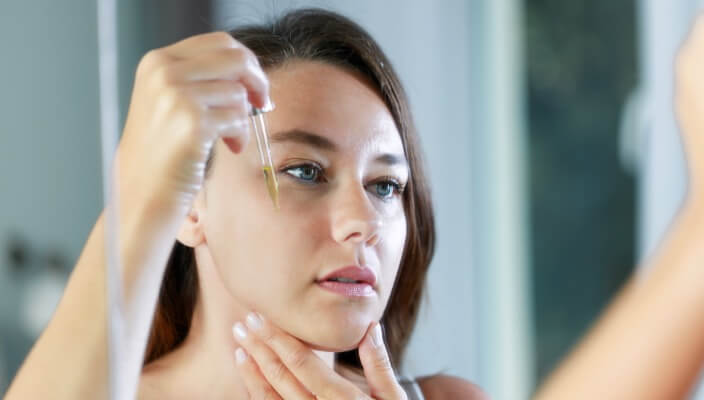
- General Dermatology
- Skin Care
In this blog post, we’ll take a closer look at the benefits of Vitamin C for skincare and explore how incorporating this ingredient into your routine can help you achieve your best skin yet.
Read More
- Botox
- Injectables or Fillers
- Cosmetic Treatments
Tru-Skin Dermatology provides patients with top-of-the-line dermatology fillers and injectables. Cosmetic injections can help reverse the signs of aging without surgical intervention.
Read More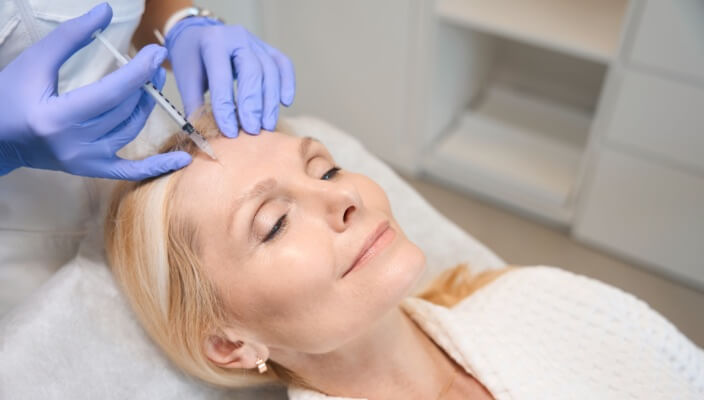
- Botox
- Injectables or Fillers
- Cosmetic Treatments
As we age, our skin loses its elasticity, and fine lines and wrinkles begin to appear. Injectable neurotoxins have become popular non-surgical treatments for reducing the signs of aging. Tru-Skin offers many options, read this blog to discover which may be best for you.
Read MoreFeatured Products
Check your local office for current stock!
Check your local office for current stock!

